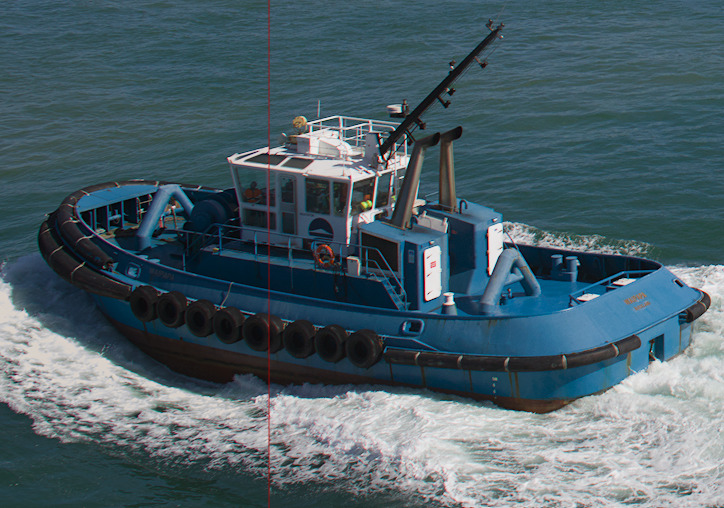I see so many potentially good images in the Play Raw category here on the forum that are compromised by the use of 100 ISO. In the days of film the difference between 100 ISO and 400 ISO film was huge in quality drop off as the ISO increased. But this is no longer the case with digital cameras and I feel we need to learn to embrace higher ISO numbers to improve the quality of our images.
The problems with 100 ISO are many. The first is the risk of underexposure which tends to generate huge noise problems and loss of details in the shadows. Increasing the ISO to ensure good exposure would result in less noise and this is what so many people struggle to appreciate.
The second risk is that a slow shutter speed may be required because of the low ISO. This can result in blur caused by camera shake and or subject movement. No program including darktable can really fix blur but if some noise is produced by using a higher ISO to freeze the action then darktable has great tools to tackle noise.
The third risk is too large an aperture may be needed to get correct exposure if the ISO is set to 100. This results in very shallow depth of field making focus more critical. The subject is at increased risk of being out of focus and again software can do very little with this problem. The irony is that full frame cameras are more prone to this problem because of the longer focal lengths used, but these same cameras should have the advantage of less noise with increased ISO. Despite this so many full frame users stick to 100 ISO and compromise their shots.
So what I am suggesting is that 400 ISO should become the new norm and we only lower the ISO when there is genuine need to and if necessary embrace even higher than 400 ISO when necessary. The digital world has conquered or at least tamed noise but has no real answers besides image stabilization to tackle blur and movement.
I welcome comments, alternative viewpoints and constructive criticism of my views expressed here. Maybe share your thoughts and experiences with ISO choices as this forum is about learning. Also have a good Easter break.



